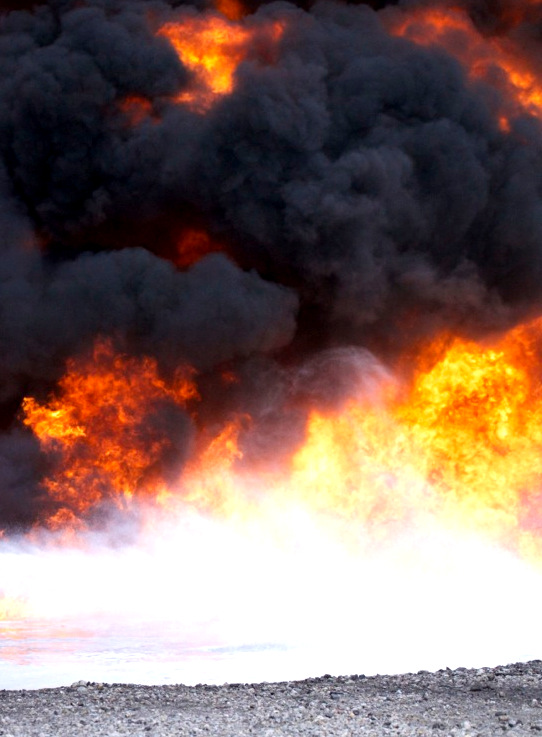PFAS flows continue

The Defence Department began phasing out the use of PFAS firefighting foams in 2004, and since 2016 have advised people to limit their intake of aquatic food from the rivers near the Darwin RAAF Base.
The latest data shows around 30 kilograms of the substance ends up in two nearby creeks each year.
The NT government's PFAS website says that while the chemical can be toxic to some animals, its potential long-term effects are not clear.
In the USA, the Environmental Protection Agency (EPA) says “current scientific research suggests that exposure to high levels of certain PFAS may lead to adverse health outcomes”.
The US authorities say the chemicals can lead to reproductive effects, development delays in children, increased risk of some cancers, reduced immune ability, interference with the body’s natural hormones, and increased cholesterol levels and/or risk of obesity.
But the NT Government says “national health authorities advise that there is currently no consistent evidence that exposure to PFAS causes adverse health effects”.
“However, because these compounds are persistent, human exposure should be minimised as a precaution.”
Defence says it has embarked on a major logistical operation to mitigate any risks from the ongoing leaks.
“It's obviously more [PFAS] than we would like,” says the department's first assistant secretary of infrastructure, Dan Fankhauser.
“We want to get to a stage where the levels of any PFAS contamination leaving the base are as close to zero as we can get.”
Defence is removing over 1,500 tonnes of highly contaminated soil from old firefighting training areas on the RAAF base, which will be transported to Victoria for destruction over, as well as a further 2,100 tonnes of soil with lower concentrations of PFAS which will be “immobilised and reinstated” at the Darwin RAAF base.
“We do expect to see quite a positive change in terms of the amounts flowing off the base into surrounding waterways once we've addressed those source areas where the higher concentrations are,” Mr Fankhauser said.
“It will of course take time for us to be able to say with certainty that the levels have reduced to below the thresholds that currently are set in relation to the precautionary advice.”
The Darwin RAAF base is one of 28 sites around the country where Defence is responding to the impact of PFAS
The residential suburbs surrounding the Darwin RAAF base are the subject of a class action being run by Shine Lawyers, pursuing damages for property value losses associated with PFAS.
The case should go to trial in the Federal Court next year.
A similar class action in 2020 covering the communities of Katherine in the Northern Territory, Oakey in Queensland and Williamtown in New South Wales resulted in a $212.5 million payout.








 Print
Print